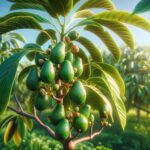Avocado cultivation has become an agricultural activity of great importance due to high global demand. To maximize production, it is essential to adopt modern techniques that not only increase efficiency but also promote sustainability and fruit quality.
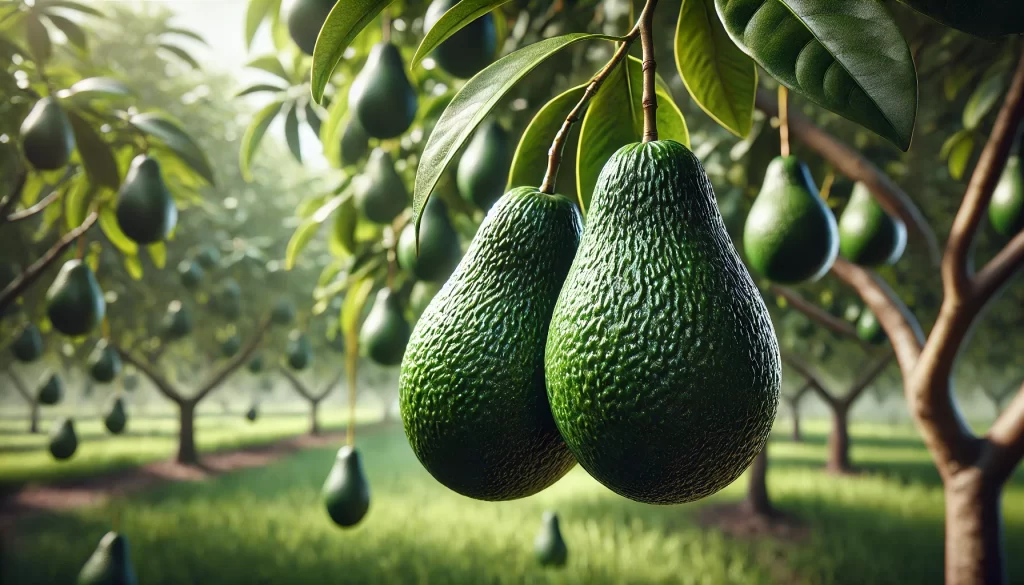
Context and Relevance of Avocado Cultivation
Avocado is known for its nutritional benefits, including healthy fats, vitamins, and minerals. Its popularity has driven farmers to seek innovative methods to improve production, reduce losses, and optimize resources. According to the FAO, adopting advanced practices can significantly increase yield per hectare and resistance to diseases.
Modern Techniques for Avocado Cultivation
Variety Selection and Genetic Improvement
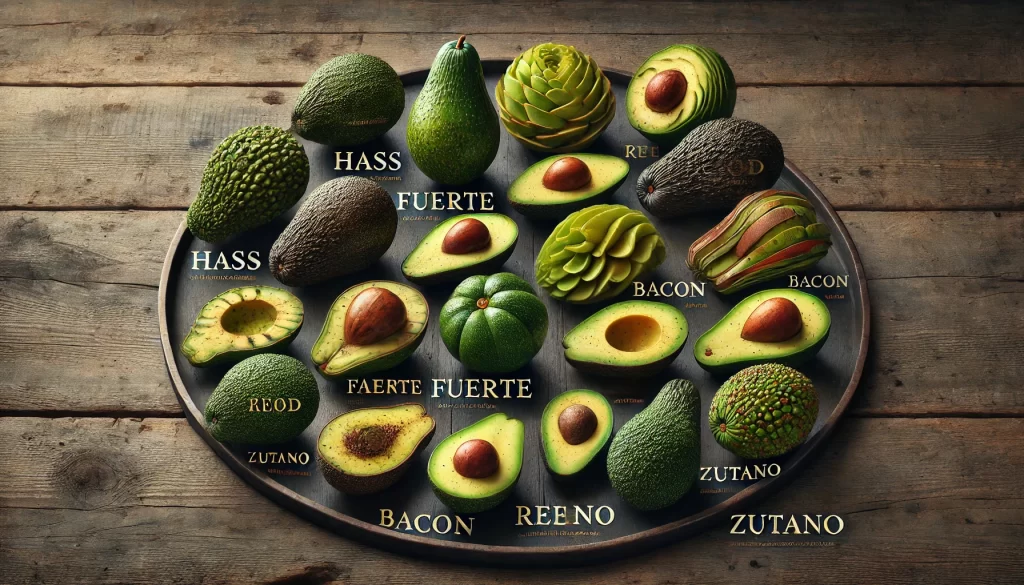
The key to successful cultivation is choosing the right variety. Currently, disease-resistant varieties and those adapted to adverse climatic conditions are being developed. Genetic improvement programs implement techniques like molecular marker-assisted selection to obtain trees with high yield and fruit quality. For example, the improved ‘Hass’ variety has shown to be more resistant to certain pathogens and has higher productivity.
Smart Irrigation Systems
Efficient water management is crucial. Drip irrigation systems and the use of humidity sensors allow optimal use of water resources. These systems adapt the amount of water based on soil and plant needs, preventing excess moisture that could lead to diseases. Automated irrigation technology, connected to mobile apps, helps farmers monitor and control irrigation in real time.

Integrated Pest and Disease Management
Adopting an Integrated Pest Management (IPM) approach is essential. This method combines the use of beneficial insects, physical barriers, and selective biological and chemical products to control pests. For example, introducing natural predators like lacewing insects can control mite populations, while using botanical extracts helps prevent fungi.
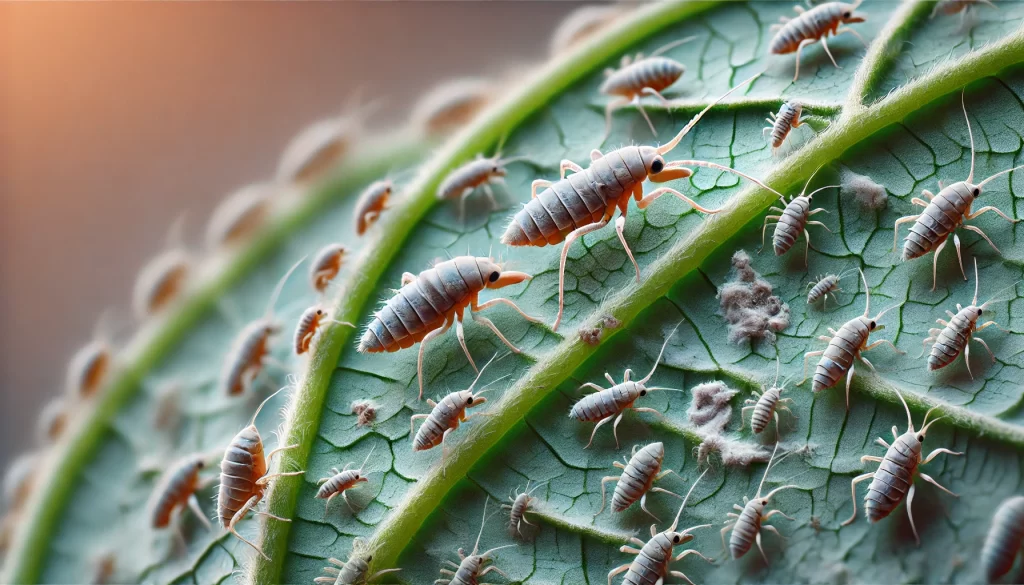
Below is a table with some of the most common pests that can attack avocado crops, describing their characteristics, the type of damage they cause, and some control recommendations:
| Pest | Description | Main Damage | Control Recommendations |
|---|---|---|---|
| Avocado Thrips | Small, winged insects that feed on sap. | Leaf deformation, silver spots on fruit. | Use of sticky traps, specific insecticides, and biological control (natural predators like predatory mites). |
| Mealybug | Sucking insects that attach to leaves and branches. | Wilting, weakening, and excretion of honeydew favoring fungi. | Manual removal, use of horticultural oils, natural insecticides, and biological control (mealybug ants). |
| Mites | Tiny arachnids that attack the underside of leaves. | Chlorosis, premature leaf drop, weakening. | Application of acaricides, horticultural oils, and promoting natural enemies (such as predatory mites). |
| Aphids | Sucking insects that feed on plant sap. | Deformation, excretion of honeydew, leading to the appearance of mold. | Biological control with ladybugs, selective insecticides, and potassium soap. |
| Fruit Fly | Insects that lay eggs in fruits, with larvae feeding on the pulp. | Damaged, spotted, and prematurely fallen fruits. | Chromatic traps, food baits, and use of insecticides as per technical recommendation. |
Important Notes:
- Biological control involves using living organisms (such as natural predators) to reduce pest populations sustainably.
- Constant monitoring is crucial to detect pest presence early and take specific actions.
- The application of products should follow technical guidelines and local regulations to avoid negative impacts on the environment and human health.
This table offers an initial overview of the most relevant pests in avocado cultivation, but it is recommended to consult specialized sources and conduct local analysis to tailor management strategies to each specific situation.
Precision Agriculture
Precision agriculture uses technologies such as drones, satellites, and sensors to collect data on crop conditions. This approach allows farmers to make informed decisions regarding fertilization, irrigation, and phytosanitary treatments. By analyzing collected data, areas of the crop that require special attention can be identified, reducing resource waste and improving efficiency.
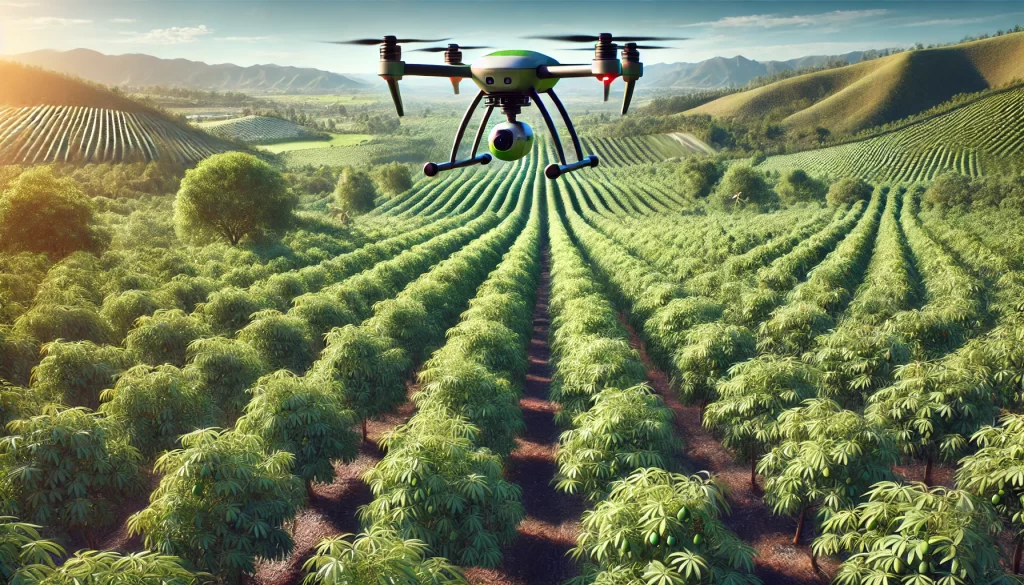
Nutritional Recommendations for Avocado Cultivation
Proper soil nutrition is essential to maximize production and tree health. Below is a table with basic nutritional recommendations for avocado cultivation:
| Nutrient | Main Function | Recommendation | Fertilizer Examples |
|---|---|---|---|
| Nitrogen | Vegetative growth and leaves | 80-120 kg/ha/year | Urea, ammonium nitrate |
| Phosphorus | Root and fruit development | 40-60 kg/ha/year | Superphosphate, natural phosphate |
| Potassium | Fruit quality and resistance | 100-150 kg/ha/year | Potassium chloride, potassium sulfate |
| Calcium | Strengthening of tissues | 20-30 kg/ha/year | Hydrated lime, agricultural gypsum |
| Magnesium | Chlorophyll formation | 10-15 kg/ha/year | Magnesium sulfate |
| Micronutrients (Zn, Fe, Mn, B) | Activate enzymatic processes and strengthen the plant | Follow soil analysis | Chelates, sulfates |
Source: Fruit Crop Nutrition Guide, Tropical Agriculture University (2022).
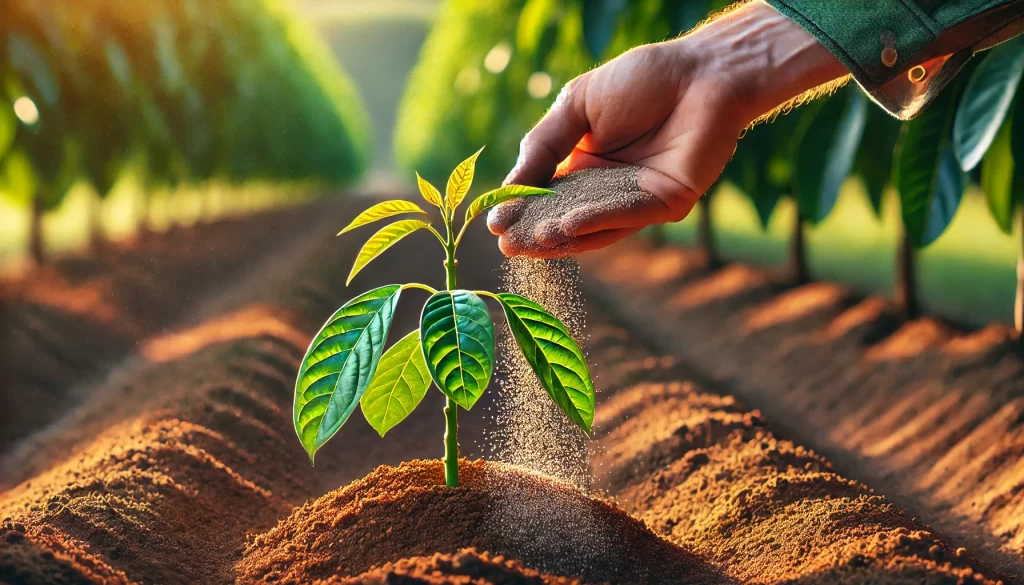
These recommendations may vary depending on soil type and climatic conditions. It is advisable to carry out periodic soil analyses to adjust doses and improve nutrient absorption.
Practical Examples and Success Stories
Case 1: Implementation of Precision Agriculture in Mexico
A producer in Michoacán adopted drones and sensors to monitor his avocado plantation. By detecting areas with nutrient deficiencies and irrigation problems, he applied fertilizers and irrigation adjustments in specific zones. As a result, his yield increased by 25% in one year.
Case 2: Integrated Pest Management in Peru
In a plantation in Peru, ladybugs were introduced to control aphids on avocado trees. By combining this method with natural extracts to prevent fungi, the producer reduced chemical pesticide use by 40%, improving the ecosystem’s health and the fruit quality.
Benefits of Adopting Modern Techniques
Adopting modern techniques in avocado cultivation offers multiple benefits:
- Increased productivity: Higher yield per tree and hectare.
- Improved fruit quality: Healthier avocados with better taste and nutritional content.
- Sustainability: Methods that reduce chemical use and optimize resources, protecting the environment.
- Profitability: Reduced operational costs and increased economic benefits due to efficiency and product quality.
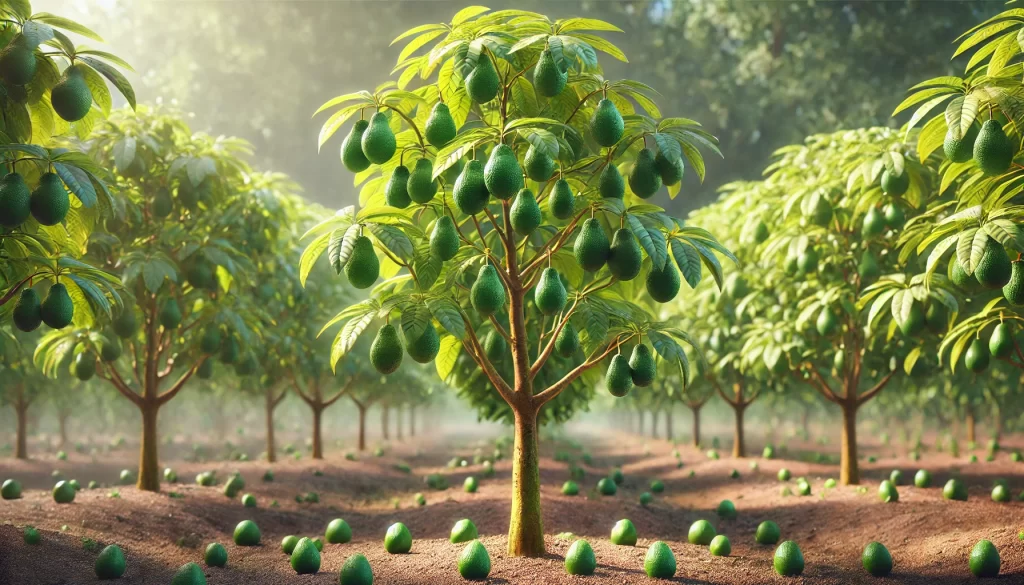
The cultivation of avocados greatly benefits from the implementation of modern techniques. From the right genetic selection to the adoption of precision agriculture and integrated pest management, these practices optimize production and ensure a high-quality product. It is crucial that farmers stay updated with the latest research and technologies, adapting their methods to face market and environmental challenges.
References:
- FAO. (2021). Report on Sustainable Agriculture.
- Tropical Agriculture University. (2022). Fruit Crop Nutrition Guide.
- AgroTech Magazine. (2023). Success Stories in Avocado Crop Management.
 AgronoBlog – Agriculture Blog
AgronoBlog – Agriculture Blog 
